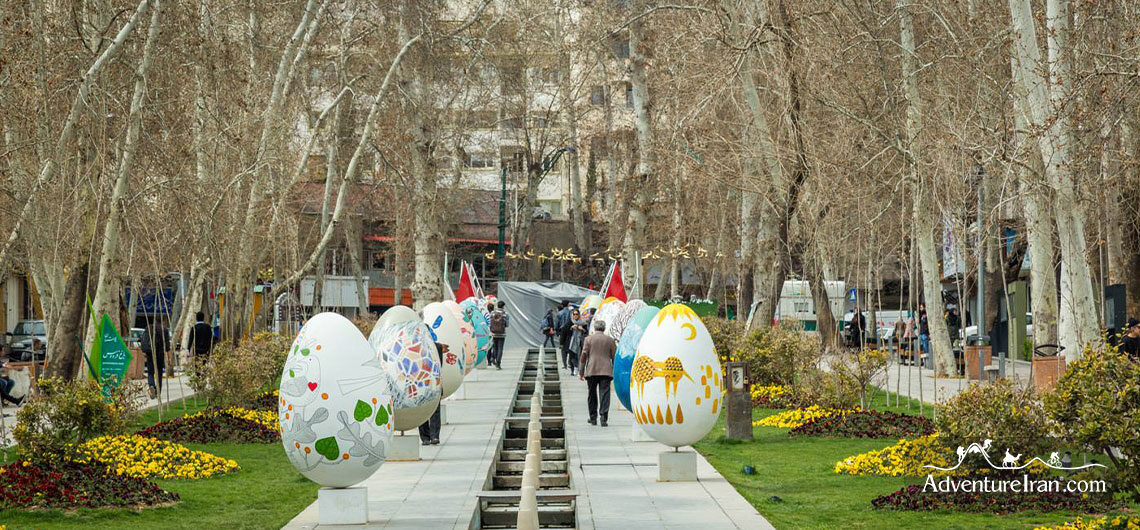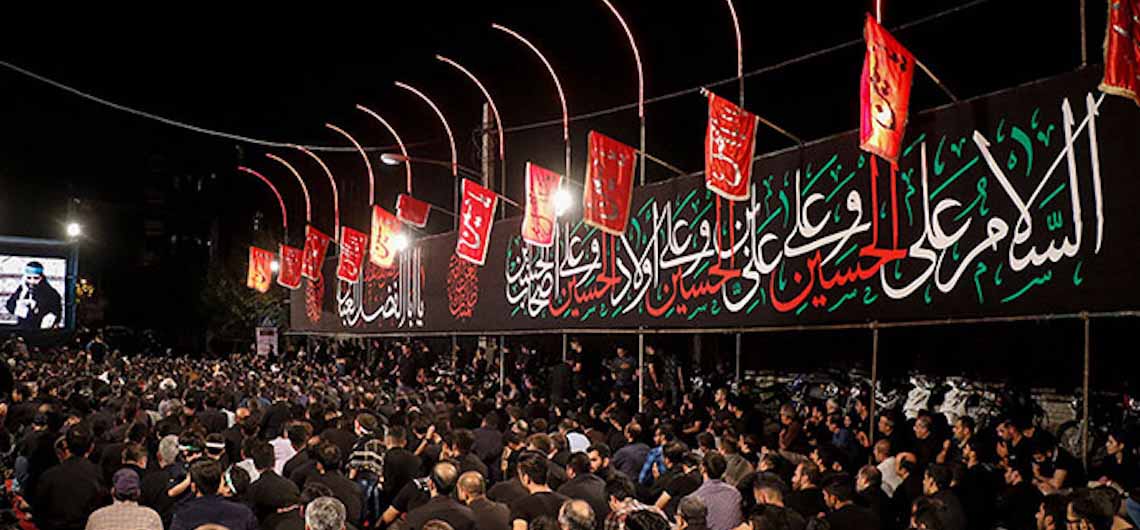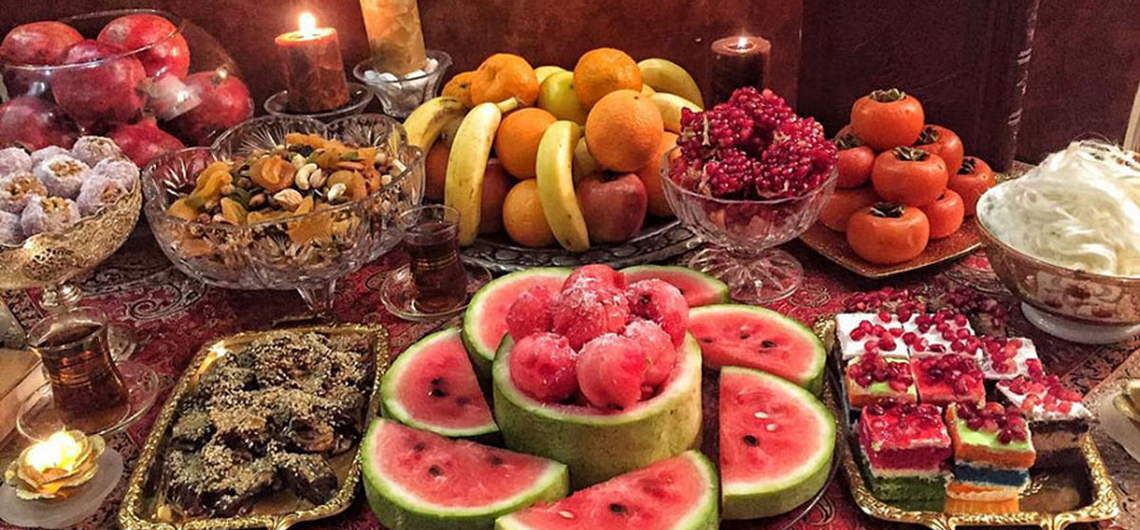Zoroastrianism Zoroastrianism, one of the world’s oldest religions, has deeply influenced the cultural and spiritual landscape of Iran and beyond. Originating in ancient Persia over three millennia ago, Zoroastrianism was founded by the prophet Zoroaster (or Zarathustra) and became the dominant religion of the Persian Empire for centuries. Central to Zoroastrian belief is the concept
Nowruz The Persian New Year Nowruz in Iran marks the first day of Farvardin and the Iranian New Year. In the Gregorian calendar, Nowruz mostly occurs on March 20 or 21 and rarely on March 22 if it’s a leap year. This day in Iran and Afghanistan makes the New Year. UNESCO has registered
Muharram in Iran The month of Muharram is important in the Hijri Calendar (Islamic calendar) and a significant one in the Iranian culture. This is a month full of key historical events, especially the 9th –Tasu’a- and the 10th –Ashura- are acknowledged yearly by many people in the world. These two days hold many memories
Yalda Night Yalda is the traditional Iranian celebration of the winter solstice – the longest night of the year. Observed widely throughout Iran’s history stretching back into pre-Zoroastrian times, Yalda Night evolved into a treasured festival bringing the family together and continues to be practiced by Iranians around the world. The ritual symbolizes the rebirth




